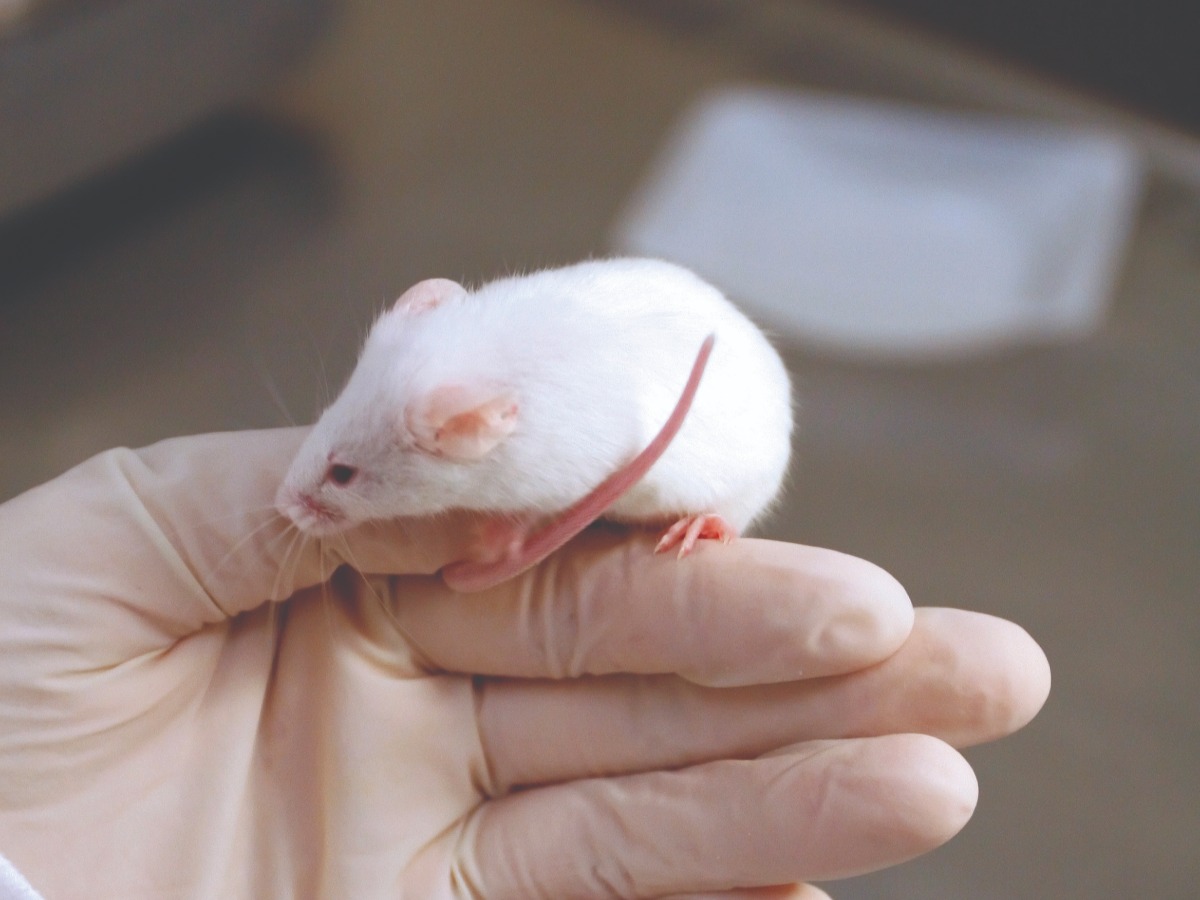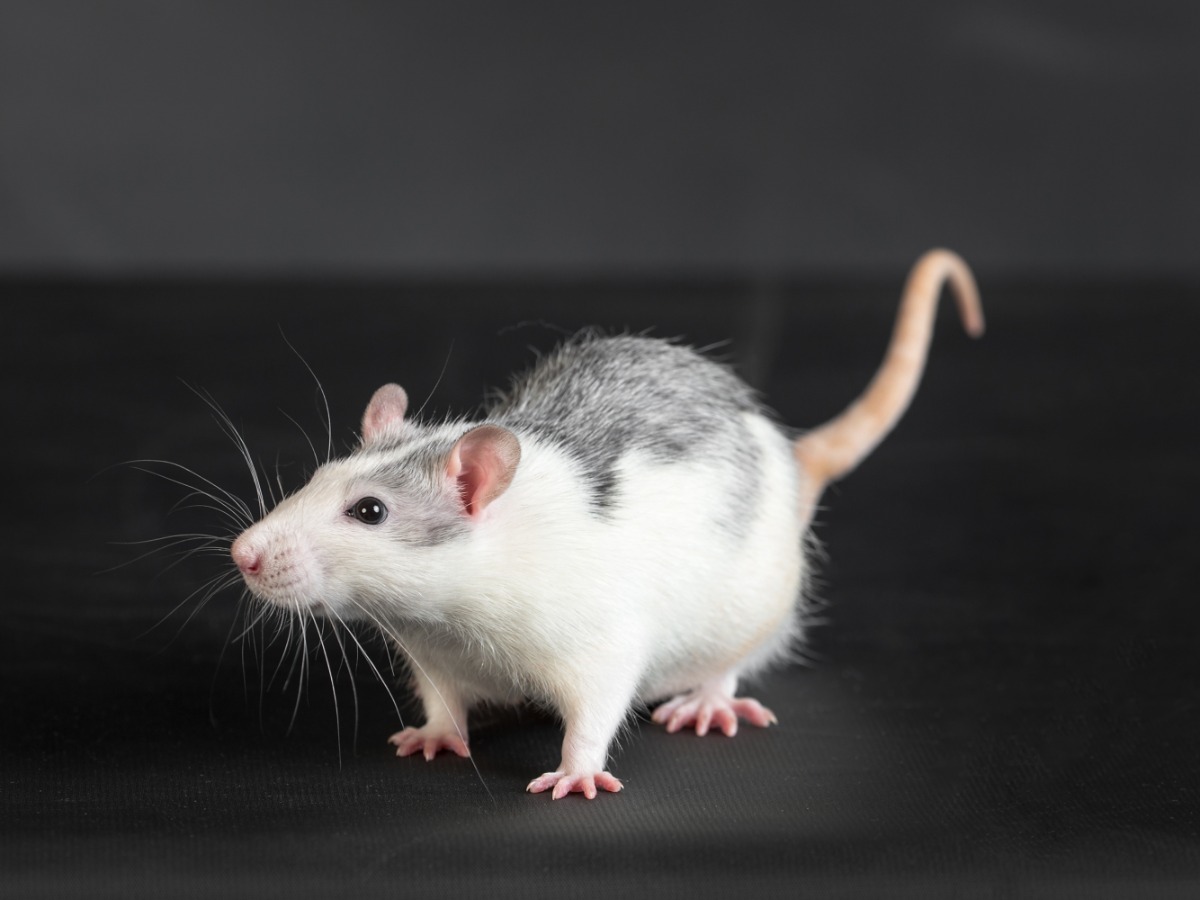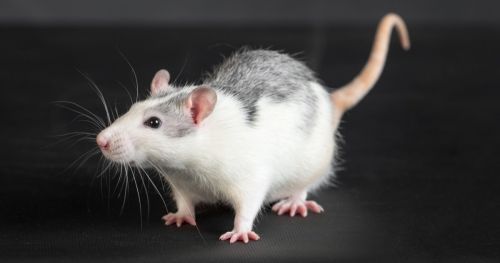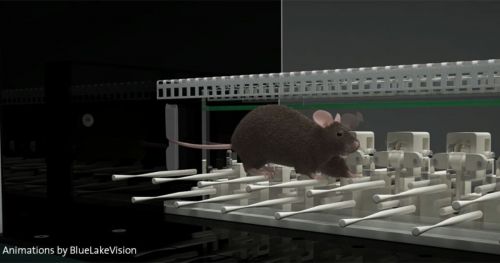ErasmusLadder
Resources
Blog posts

Cerebellar plasticity
Jan-Willem Potters studied the role of the cerebellum in different aspects of behavior, ranging from simple reflex-like movements to complex systems such as emotion and cognition, and wrote about it in this blog post.

Cells roles in motor performance
Maria Fernanda Vinueza Veloz and her colleagues also investigated specific neurons and their different roles in motor performance. In their study Purkinje cells, interneurons, and granule cells where the focus. Read more in this blog post.

Cerebellar plaques and ataxia
Diego Sepulveda-Falla and his colleagues worked together with 25 families from Colombia with a high prevalence of familial Alzheimer’s (FAD) that was caused by a mutation in the presenile1 (PS1) gene. Read more.
References
Here is a selection of recent papers that mention the use of ErasmusLadder. If you feel your paper should be on this list, please let us know at [email protected]!
- Jaarsma, D.; Birkisdóttir, M.B.; van Vossen, R.; Oomen, D.W.G.D.; Akhiyat, O.; Vermeij, W.P.; Koekkoek, S.K.E.; De Zeeuw, C.I.; Bosman, L.W.J. (2024). Different Purkinje cell pathologies cause specific patterns of progressive gait ataxia in mice., Neurobiology of Disease, 192, 106422.
- Sathyanesan, A.; Gallo, V. (2018). Cerebellar contribution to locomotor behavior: A neurodevelopmental perspective. Neurobiology of learning and memory, doi: 10.1016/j.nlm.2018.04.016.
- Seungmin Ha, Dongwon Lee, Yi Sul Cho, Changuk Chung, Ye-Eun Yoo, Jihye Kim, Jiseok Lee, Woohyun Kim, Hyosang Kim, Yong Chul Bae, Keiko Tanaka-Yamamoto and Eunjoon Kim (2016). Cerebellar Shank2 Regulates Excitatory Synapse Density, Motor Coordination, and Specific Repetitive and Anxiety-Like Behaviors, Journal of Neuroscience, 36(48),12129-12143.
- Peter, S.; ten Brinke, M.M.; Stedehouder, J.; Reinelt, C.M.; Wu, B.; Zhou, H.; Zhou, K.; Boele, H.; Kushner, S.A.; Lee, M.G.; Schmeisser, M.J.; Boeckers, T.M.; Schonewille, M.; Hoebeek, F.E.; De Zeeuw, C.I. (2016). Dysfunctional cerebellar Purkinje cells contribute to autism-like behaviour in Shank2-deficient mice. Nature Communications, 7, 12627.
- De Zeeuw, C.I.; Hoogland, T.M. (2015). Reappraisal of Bergmann glial cells as modulators of cerebellar circuit function. Frontiers in Cellular Neuroscience, doi 10.3389/fncel.2015.00246
- Marques, A.R.A.; Aten, J.; Ottenhoff, R. van; Roomen, C.P.A.A.; Herrera Moro, D.; Claessen, N.; Vinueza Veloz, M.F.; Zhou, K.; Lin, Z.; Mirzaian, M.; Boot, R.G.; De Zeeuw, C.I.; Overkleeft, H.S.; Yildiz, Y.; Aerts, J.M.F.G. (2015). Reducing GBA2 Activity Ameliorates Neuropathology in Niemann-Pick Type C Mice. PLoS ONE, 10(8): e0135889. doi:10.1371/journal.pone.0135889
- Vinueza Veloz, M.F. (2015). Cerebellar control of locomotion in health and disease. Erasmus University Rotterdam. Retrieved from http://hdl.handle.net/1765/78372
- Sepulveda-Falla, D.; Barrera-Ocampo, A.; Hagel, C.; Korwitz, A.; Vinueza-Veloz, M.F.; Zhou, K.; Schonewille, M.; Zhou, H.; Velazquez-Perez, L.; Rodriguez-Labrada, R.; Villegas, A.; Ferrer, I.; Lopera, F.; Langer, T.; De Zeeuw, C.I.; Glatzel, M. (2014). Familial Alzheimer's disease-associated presenilin-1 alter cerebellar activity and calcium homeostasis. The Journal of Clinical Investigation, 124(4), 1552-1567.
- Vinueza Veloz, M.F.; Zhou, K.; Bosman, L.W.J.; Potters, J.-W.; Negrello, M.; Seepers, R.M.; Strydis, C.; Koekkoek, S.K.E.; De Zeeuw, C.I. (2014). Cerebellar control of gait and interlimb coordination. Brain Structure and Function, doi: 10.1007/s00429-014-0870-1. Read about this study on our behavioral research blog.
- Baudouin, S.J.; Gaudias, J.; Gerharz, S.; Hatstatt, L.; Zhou, K.; Punnakkal, P.; Tanaka, K.F.; Spooren, W.; Hen, R.; De Zeeuws, C.I.; Vogt, K.; Scheiffele, P. (2012). Shared synaptic pathophysiology in syndromic and nonsyndromic rodent models of autism. Science, 338, 128-132.
- Saab, A.S.; Neumeyer, A.; Jahn, H.M.; Cupido, A.; Simek, A.A.M.; Boele, H.-J.; Scheller, A.; Le Meur, K.; Götz, M.; Monyer, H.; Sprengel, R.; Rubio, M.E.; Deitmer, J.W., De Zeeuw, C.I.; Kirchhoff, F. (2012). Bergmann glial AMPA receptors are required for fine motor coordination. Science, 337, 749-753.
Download our product overviews
Recent blog posts

Walking the ladder: testing the cellular source of motor functioning in mice
The cerebellum, our “little brain”, is all about motor control; more specifically, it’s about coordination, precision, and timing.
How to study ataxia
Ataxia is a common problem in Parkinson’s disease (PD), and many early onset Alzheimer’s disease patients (AD) also deal with it. Now there is a non-invasive test for mouse models.
 English
English German
German French
French Italian
Italian Spanish
Spanish Chinese
Chinese

